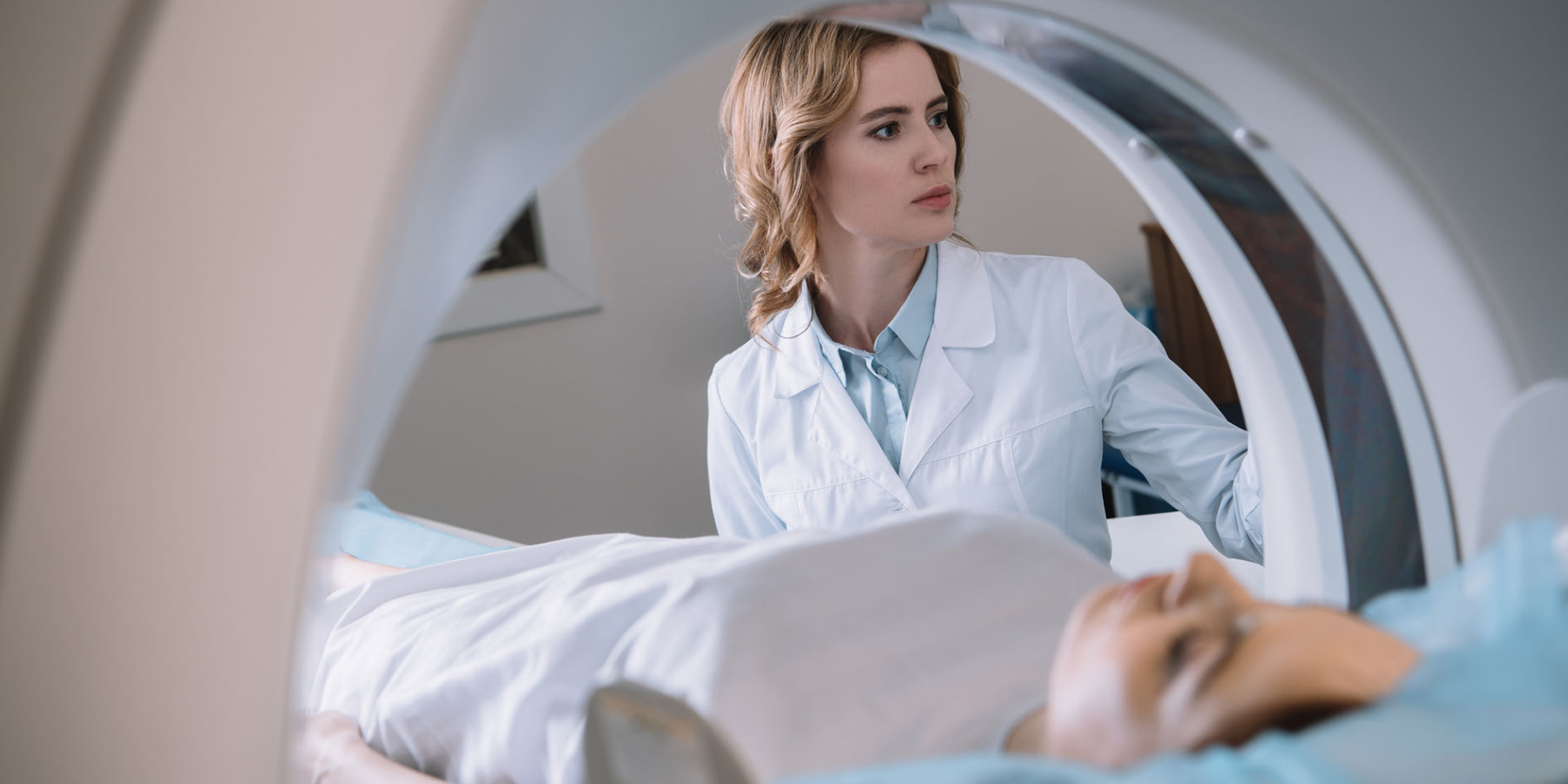

2 min
Image artifacts are a part of MRI life. Knowing which room you need to be in is the senior most part of troubleshooting. There are multiple reasons for image artifacts and the environment of the magnet room is always a good suspect, but where ever you start your troubleshooting, remember to keep an open mind throughout your investigation. Here are just a few of the typical conditions I have found when handling artifact issues among scanners.
Humidity. The room humidity can be a significant factor with MRI systems. Too much humidity may cause condensation on the electronics and shorts in the equipment. If humidity is too low, your system may be prone to static electricity and electro-static discharge (ESD). This will cause blown pixels in your imaging.
Temperature. Room temperature has an impact on the electronics within your system. Inadequate thermal management often gives way to overheating, and that is never good for any sophisticated equipment. Metal expansion can cause the screws to expand and loosen which also causes artifacts.
Room Door. The room door is one of the most common problems we see when artifacts occur. Your room door is the only moving part hardware in the MRI room. It must have a good, clean RF seal at all times to prevent artifacts.
Light Bulbs. Lighting is another item in your MRI room you may not immediately recognize as a trouble source. If you are using incandescent lights then they will need tungsten filaments. LED lights are frequency-driven lights that may create RF harmonic issues in the room. Bad coils or RF traps are a great cause of RF artifacts in the images.
Of course, there will be other pieces to the puzzle in artifact issues. You may have issues with parts or components that need to be handled. With 28 years of experience in MRI system troubleshooting, I will tell you these are among the top points on a good checklist whenever I hear about artifacts.
Subscribe now to hear from us.